Panenske Brezany
About twenty kilometres northeast of Prague lies the small village Panenske Brezany (german Jungfern-Breschan). Here lived from the turn of the year 41/42 until his death in June 1942, the Nazi Reichsprotector and also Himmler’s deputy Reinhard Heydrich with his wife Lina and their three children. The couple lived in what was called the lower castle, a nice spacey villa which until the German occupation of Czechoslovakia in March 1939 was owned by Ferdinand Bloch-Bauer, a jewish businessman who bought the castle in 1909.
After the occupation, Bloch-Bauer was forced to flee and the castle was confiscated by the Nazis who turned it into a residence for the Reichsprotektor of Bohemia-Moravia. An office first held by Konstantin von Neurath and then from September 1941 by SS-Obergruppenführer Reinhard Heydrich until his death June 4th, 1942. It was from here that Heydrich went on May 27th, 1942, on his way to his office in Prague when he was subjected to an assassination attempt by czech resistance fighters.
After Heydrich’s death, Lina was allowed to stay with the children, Klaus (born 1933), Heider (1934), Silke (1939) and Marte, who was born in July 1942. She received a favourable remuneration from the SS as Heydrich’s widow. In October 1943, Klaus was killed while riding his bike through the gate and hit by a truck. He was buried in the garden but when Lina was forced to flee in April 1945 when the Soviet Red army approached Prague, the remains were dug up, but it is unknown what happened to them.
From Panenske Brezany Lina fled with the children first to Bavaria and then to her childhood’s Fehmarn. There she lived in her and Reinhard’s summer house where she later together with the youngest daughter Marte ran a guest house. Lina also married a Finnish director in 1965. Lina lived in Fehmarn until her death in August 1985 and is also buired there.
About 500 meters west of the lower castle is another castle called the upper castle. This castle had been owned since 1921 by Friedrich Gerstelen, a prominent Jewish furniture manufacturer from Prague. He used the castle as an exhibition parlour and also built a baroque garden. Gerstelen, however, was forced to flee to the United States when Germany occupied Czechoslovakia in March 1939. Like the lower castle, the upper castle was also confiscated by the Germans. Another senior SS officer moved here with his family, namely SS-Obergruppenführer Karl Hermann Frank, Higher SS and Police leader in Bohemia-Moravia between 1939 and 1945.
As Higher SS and Police leader, Frank bore a great responsibility for the terror that befell the Czech people between 1939 and 1945. Not least for the reprisals that followed Heydrich’s death in June 1942. But also that the Holocaust could be carried out smoothly in Bohemia. After the war, he surrendered to American troops in Pilsen, who immediately handed him over to the Czech authorities. Frank was tried in Prague for crimes against the Czech people and sentenced to death. He was publicly hanged in Pancras prison in May 1946 and buried in an anonymous grave in the Dablice cemetery in Prague.
Current status: Preserved with museum (2010).
Location: 50°12'58.04"N 14°26'33.16"E (nedre slottet) 50°12'46.47"N 14°26'13.72"E (övre slottet)
Get there: Car.
Follow up in books: Dougherty, Nancy: The Hangman and His Wife: The Life and Death of Reinhard Heydrich (2022).
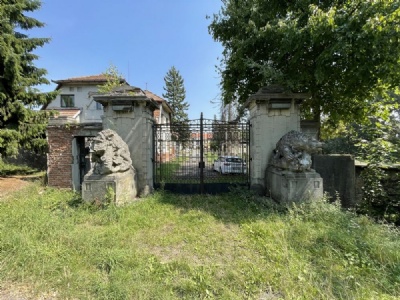
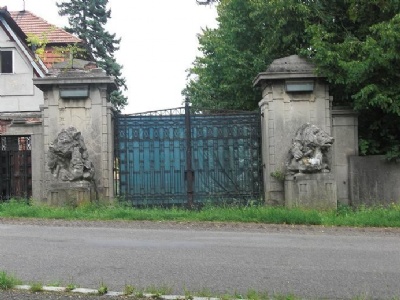
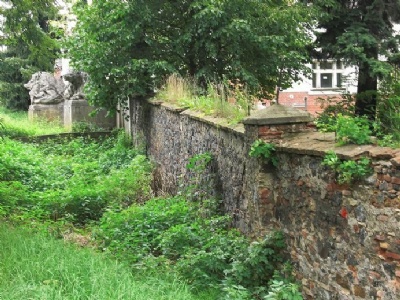
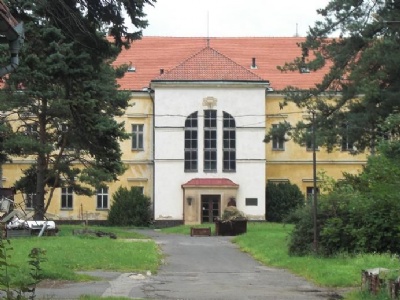
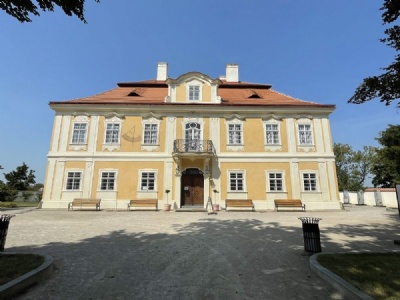
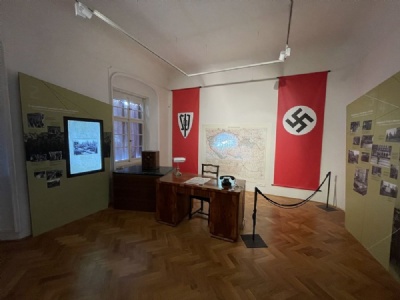
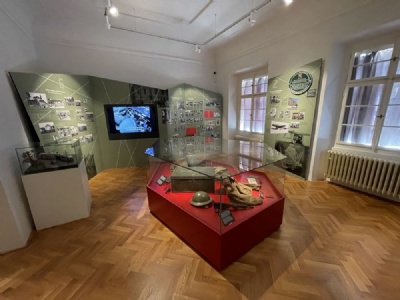
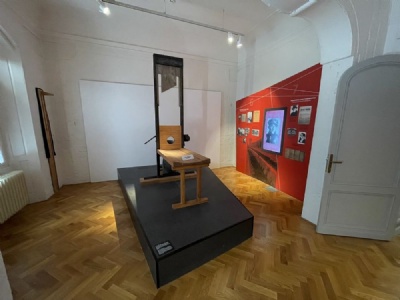
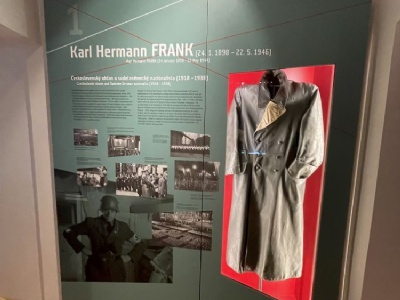
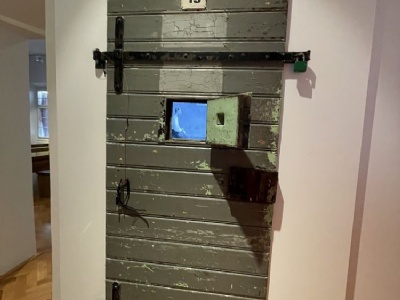
At the time of my visit in August 2010, the castle was uninhabited and surrounded by a high wall that obstructs transparency and intrusion. The garden around the villa is characterized by decay as vegetation begins to take over the area. What will happen to the castle is not known. Cause its large renovation needs and the cost that comes with that, it is likely that the castle will remain empty. In 2011, Heydrich’s eldest son, Heider, showed, interest in buying and renovating the castle, but it aroused strong reactions and had to be abandoned.
The Upper castle I visited in 2025 and there is an interesting museum about the Nazi terror in Bohemia-Moravia with Frank in the center.